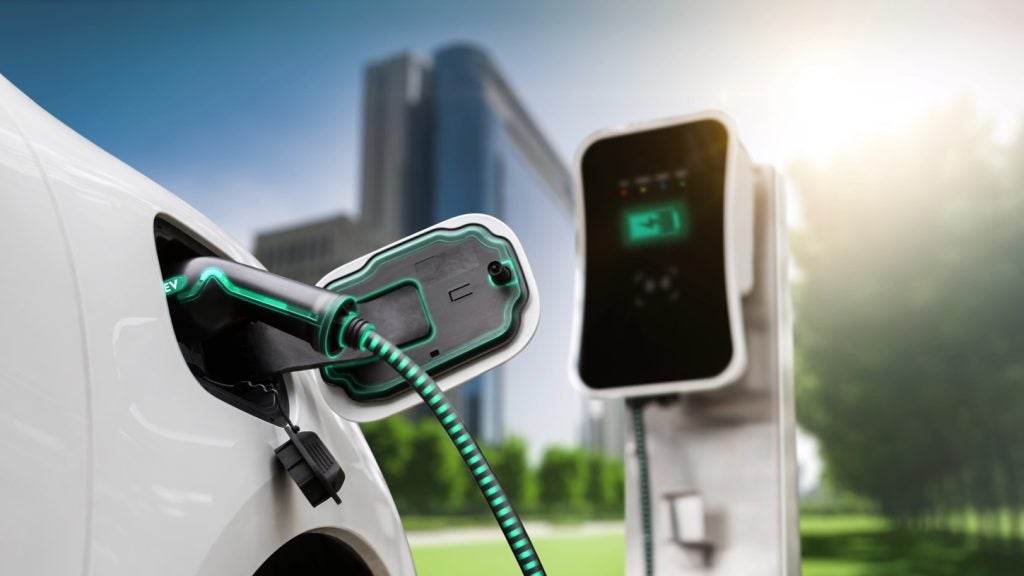
The city of London has long been unfriendly to motorised transport – for about a century. But new research by the NACFB on vehicle finance requests could indicate that the capital has now reached something of a tipping point, according to Robin Skuse, press and marketing officer at the NACFB
During the first quarter of 2017 the NACFB took 425 enquiries after vehicle finance, of which the average sum requested was £23,374.
There was a real mix of enquiries here as you would expect; taxi drivers wanting to get out of £15,000-per-year loans, large businesses looking for company cars, beauticians who need to drive to see their customers, even a Lincolnshire doctor needing a new motorbike to travel between hospitals. Now that is how I would like my doctor to arrive – astride a well-laden Norton.
With a little rounding up thrown in, how the mean average values break down by region are shown in the table below.
We have run these graphs for a lot of the different finance types we survey, but I am not at all used to seeing London so far down the list. The city is rarely off the top two steps of the podium.
Of course, the city has long been unfriendly to motorised transport, for about a century. But I wonder if the data indicates the capital has now reached something of a tipping point.
How well do you really know your competitors?
Access the most comprehensive Company Profiles on the market, powered by GlobalData. Save hours of research. Gain competitive edge.

Thank you!
Your download email will arrive shortly
Not ready to buy yet? Download a free sample
We are confident about the unique quality of our Company Profiles. However, we want you to make the most beneficial decision for your business, so we offer a free sample that you can download by submitting the below form
By GlobalDataIt is not just the 10mph average speeds; it is also the cost of entering, the bait-and-switch approach to junctions, the pop-up cycle paths that cross roads with live traffic, the parking, and the general sense that you are travelling in a giant Lego set, hemmed in by repositionable bricks, down roads that will not be in the same place, or running in the same direction, or even there at all, the next time you come this way. The two recent terrorist incidents just make it even more likely that the drivers of private vehicles will be increasingly hemmed in or shut out.
I should mention that the sample size for Northern Ireland was too small for inclusion; I could use all-of-2017 data fairly reliably, but not from the first quarter, so let us wait until January to see where that country fits into the overall picture.
What the mean average value gives us is a through-a-keyhole view of the nature of the businesses involved. Where the value is high, the money is likely to be for refrigerated trailer units or high-end personal transport; where it is low, you are mainly looking at the smallest small businesses, repair work or short commercial vehicles.
I think the scale of the North-East/North-West divide is the most unexpected result here. But there is also an element of long-term commitment, or lack of it, that gets mixed into these trends. If you do not know whether your business will be running in two years’ time, you are more likely to get a vehicle repaired to keep it on the road, rather than invest in a shiny new one on a long lease.
While I would normally question the validity of forecasts based on opinions and gut feeling, there is one occasion when I think such forecasts are worth listening to, and that is when the people stating the opinion actually have an influence into whether the forecasts come true or not.
If your opinion is that a product is no longer suitable for your clients, then you will not recommend it to those clients, and the forecast becomes reality.
That is how it is with diesel sales. Paragon Car Finance published survey results that demonstrate how brokers expect diesel sales in the UK to decline – and they are the ones in the position to make this happen.
The same applies to these brokers’ expectations that hybrid sales and pure electric sales will surge forwards. These will often turn out to be self-fulfilling predictions, because in some cases the client will say: “I know what I want,” and in other cases the broker will say: “I know what you want.”
Don’t forget that the recent tax changes have ramped up pressure on vehicles to be not just low-emission, but zero emission. Car makers acquired tremendous skills under the old tax system. So many cars ducked comfortably under 121g/km – Band D, the first that incurred a significant tax charge – that as many as a quarter of all new cars registered in the UK in 2016 paid no road tax at all.
This clearly did not please the tax man. Every time Porsche sneaked a supercar into the same category as a supermini, HMRC probably felt like someone was playing tennis with an oversize racket.
By the way, did any Motor Finance readers try out the driverless bus that was running around Greenwich in April? No pedals, no steering wheel, just a stop button like you find on escalators, and a person whose sole job was to press the stop button if things started getting a little bit too Robocop.
It did not move much faster than an escalator either, so it did not really represent a slice of the future in any useful, meaningful sense. Having “a stop button overseen by a trained operator”, as a Huffington Post journalist described it with tongue firmly in cheek, will not be enough.
The last thing we want in a city environment is a bunch of trained stop-button operatives earning their salary by pressing the stop button. If traffic jams are what we want, then we might as well just stick with the current system – all the frustration, available right now.







